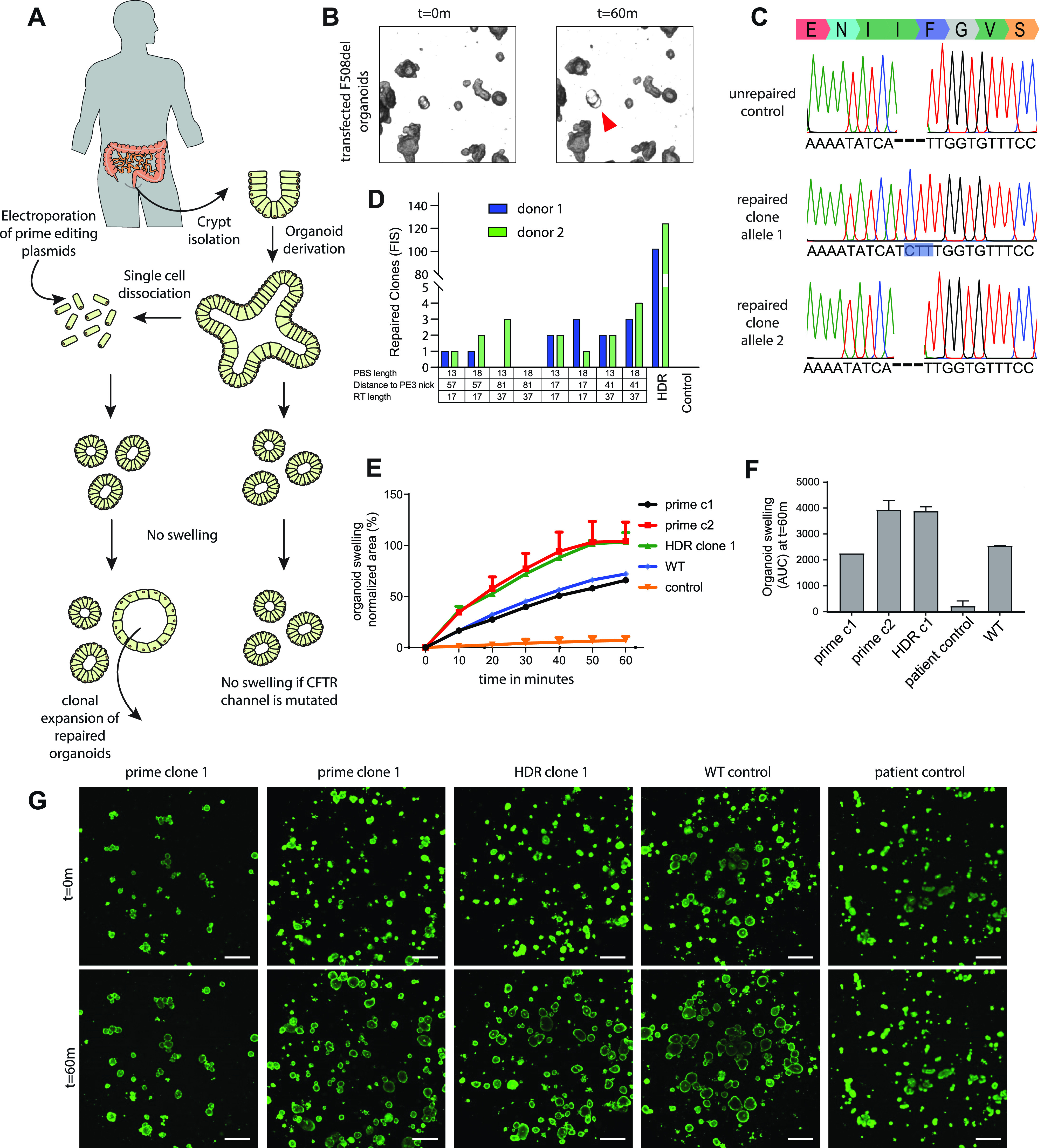Figure 3. Functional repair of the CFTR-F508del mutation in patient-derived intestinal organoids.

(A) Experimental design of prime editing-mediated repair of CFTR mutations in human intestinal organoids. (B) Transfected CFTR-F508del organoids before (t = 0) and after (t = 60 m) addition of forskolin. Functionally repaired organoid indicated with red arrow. (C) Sanger sequencing traces of both alleles of a functionally selected CFTR-F508del organoid line compared with unrepaired control organoids. Blue box shows the prime editing–induced insertion. (D) Prime-editing efficiencies for the repair of the CFTR-F508del mutation in two donors as measured by Forskolin-induced swelling reactive organoids compared with CRISPR/Cas9–mediated homology-dependent repair and a negative scrambled sgRNA control. (E) Per well the total organoid area (xy plane in μm2) increase relative to t = 0 (set to 100%) of forskolin treatment was quantified (n = 3). (F) Forskolin-induced swelling as the absolute area under the curve (t = 60 min; baseline, 100%), mean ± SD; n = 3, ∗P < 0.001, compared with the corrected organoid clones and the WT organoid sample. (G) Confocal images of calcein green–stained patient-derived intestinal organoids before and after 60 min stimulation with forskolin (scale bars, 200 μm).
